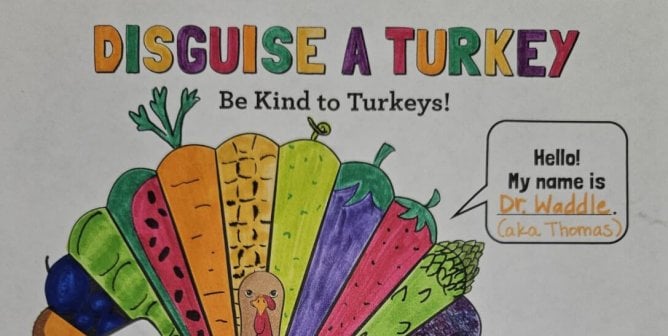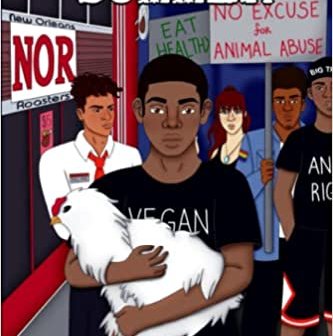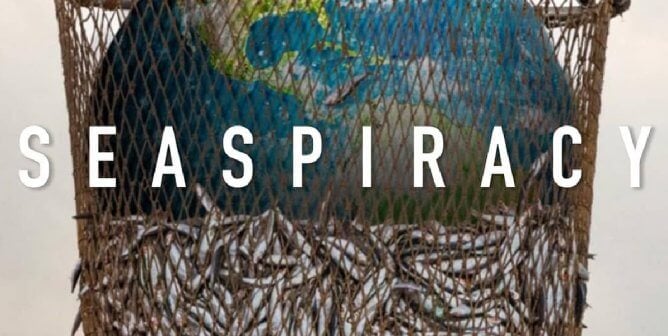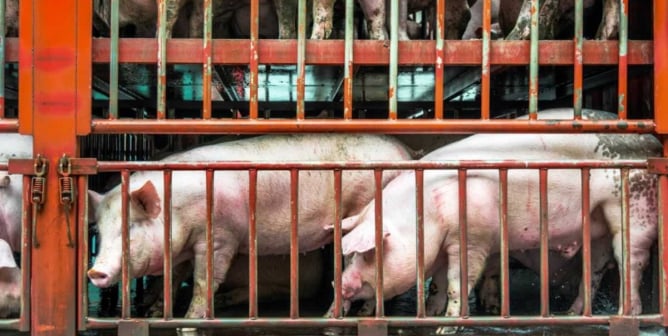Plant Power! An Introduction to Vegan Nutrition for Grades 3–5
A healthy vegan diet full of whole foods and veggies can help you maintain a healthy weight, increase your energy levels, and reduce the risk of developing heart disease, diabetes, and cancer—and it can save hundreds of animals’ lives. While students may not be worrying about those things at their young ages, it’s essential to teach them the importance of taking care of their own health sooner rather than later. Debunk the protein myth, and teach them that being vegan is easy, healthy, and compassionate with the Plant Power printable coloring sheet.
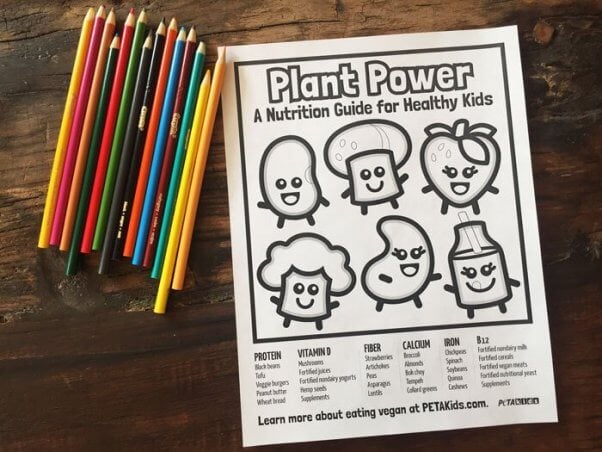
Where Does Your Food Come From?
Start by polling your class. Ask students to raise their hands if they love macaroni and cheese. How about ice cream or pancakes? Encourage participation by asking follow-up questions, like what their favorite flavor of ice cream is.
Now break the bad news to them. Say something like this:
“Some of our favorite foods come from animals. Macaroni and cheese, for example, has cheese in it. Who knows where cheese comes from?” (Pause for students’ responses.) “That’s right—it comes from cows, specifically their milk. But would you drink the milk from a giraffe? Or a mouse? No way! And you don’t need to drink cow’s milk, either. It’s meant for baby cows. How do you think these animals feel about us taking their milk?”
Pause again just long enough for students to consider the answer. Then move on to the next food items. In a way similar to using the script above, have a back-and-forth conversation with students, asking them where the eggs in their scramble or the bacon that many people eat with their pancakes comes from. Don’t simply tell them the answer—the point of this opening activity is to guide students to their own realization that meat, eggs, and dairy “products” are inherently cruel and unfairly taken from animals.
The Good News
Reassure students that by simply considering how animals feel and making choices that are kinder to them—including eating vegan—we can still enjoy the flavors of our favorite foods, like macaroni and cheese, ice cream, and even bacon, without taking away a baby cow’s milk, hurting chickens, or killing pigs.
As you distribute the Plant Power coloring sheets, explain that a “vegan” is someone who doesn’t eat anything that comes from an animal. Vegans do, however, eat nuts, grains, fruits, and veggies.
Inform students that vegan food not only saves animals’ lives but also is better for us. It can give people all the protein, vitamin D, fiber, calcium, and iron that their bodies need without any cholesterol or saturated animal fat.
Let’s Play Vegan Chef
Using the coloring sheet as a visual tool, explain to students that they’ll pretend to be vegan chefs and will create well-balanced vegan meals.
Model this process. Ask someone to select a protein from the list on the sheet. Repeat this for the remaining categories until a complete meal is made. If you get a delicious spread, like veggie burgers with mushrooms, artichokes, and spinach, along with a side of broccoli and a glass of nondairy beverage, great! If you find that students are creating a not-so-tasty selection, guide them in the right direction. After you’ve created a meal as a class, have students create their own in small groups.

Closure
Close the activity by “veganizing” a common meal, like spaghetti with meatballs. Explain that spaghetti noodles are often vegan but meatballs aren’t. Ask students to look at their list of foods and replace meatballs with a vegan option. In their responses, have them tell you what nutrient or nutrients the replacement would provide them with. For example, fortified veggie meats are an excellent source of vitamin B12. Repeat the process with dishes like tacos and pizza.
While students color in their sheets, show them video recipes for vegan macaroni and cheese, ice cream, and pancakes. Provide them with printed copies of the recipes to take home and try with their families.
Children often like meals that include animal-derived foods. Making those meals vegan is easy with recipes like Nuzest’s Protein Mac N’ Cheese. Eating vegan protects animals and still provides individuals with all the nutrients that they need. For even more protein, Kids Good Stuff can be added to sweet dishes like oatmeal or plant-based yogurt.
Additional Resources
- All About Animals Used for Food
- A Kid’s Guide to Vegan Nutrition
- The 15 Most Delicious Vegan Meats Ever
- The 8 Best Dairy-Free Mac ‘n’ Cheese Products of All Time
- The Ultimate Vegan Grocery Shopping List
To stay up to date with new humane education content that you can integrate into your curriculum, sign up for TeachKind News below.
By submitting this form, you’re acknowledging that you have read and agree to our privacy policy and agree to receive e-mails from us.

